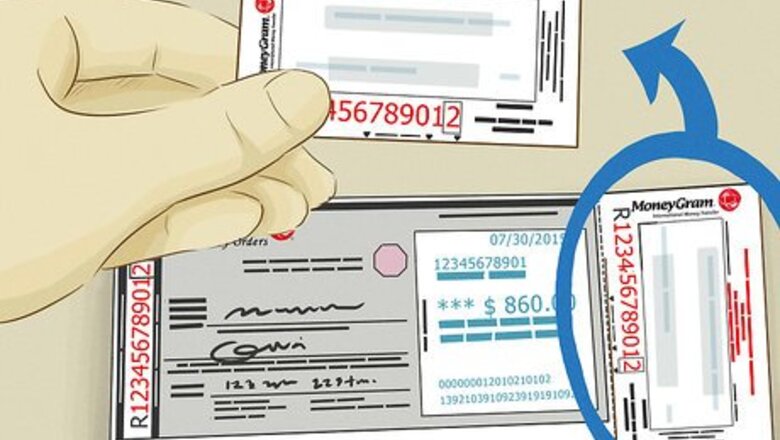
views
X
Research source
Tracing a Money Order with a Receipt
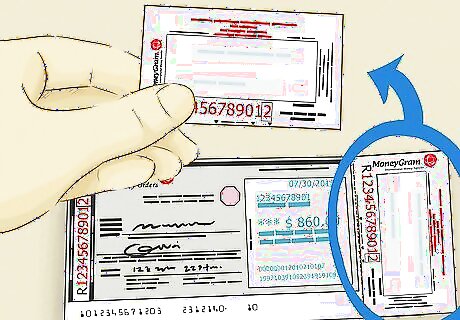
Be sure that you have the proper receipt. In order to track your money order, you'll have to have the correct receipt; that is, you'll need the one with the serial number or receipt number of the money order on it. For USPS money orders, this will be the stub on the side of the order. For Western Union orders, this will be the bottom portion. Some resellers (convenience stores, supermarkets, etc.) may provide you with an additional receipt that does not show the required numbers. This is not the receipt that you need.
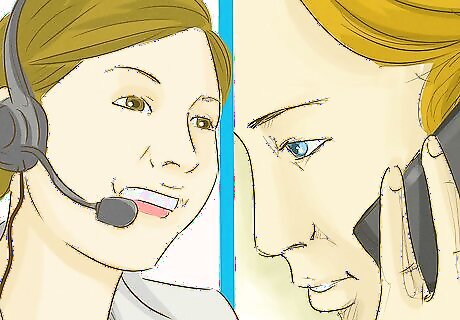
Know who to contact. You will need to contact the issuer of the money order. This is the service that actually processes the order, usually your bank, the US Postal Service, or another money-sending service like MoneyGram or Western Union. The name of the issuer will also appear on the money order and receipt. You should not contact the reseller of your money order, which could be any convenience store, supermarket, or other store where your money order was purchased.

Follow the status of the money order online. Some issuers allow you to track the money order online for free using the serial number. The USPS, for example, has a convenient tracking site that you can use to check the status of your money order and see if it has been lost or stolen. Most issuers do not offer online tracking. If it is unclear if you can do so, or how you can do so, contact the seller to see if it is possible.

Choose a shipment method with its own tracking number. Even if you cannot track the money order directly, you can typically track the physical package that contains it. Most mail services and post offices will provide a tracking number, which you can use online to follow the location of the shipment. If the package does not arrive at its destination, you can show your receipt for the money order to the shipper and request reimbursement.

Call the money order issuer. You can find a customer service number on the receipt or stub for the money order. If for some reason the number is illegible or missing, you can easily find contact information for the issuer on their website. All that you will have to do when you call is tell the representative that you need to trace the money order and provide them with the serial number or receipt for the your order. The representative will only be able to tell you if the money order has been cashed or if it is outstanding, and will not be able to tell you it's location.

Complete the necessary paperwork. If you believe your money order is lost or stolen, you will have to fill out the proper type of form and mail it in to trace your money order. For USPS money orders, visit a USPS location and ask for a PS Form 6401 Money Order Inquiry. You will need a valid photo ID and a fee of $6.10 to issue the request. From there, USPS will trace your money order and it will appear on the lost money order list on the USPS website if it is indeed lost or stolen. For Western Union or MoneyGram orders, take the receipt to the agent that you bought the money order from. After you fill out the required paperwork and pay a fee ($15 for Western Union), the service will trace the money order for you. For some tracing requests, this may take up to 8 weeks.

File for replacement or compensation if the money order is lost or stolen. Depending on the issuer and the materials you can provide, this can be either an easy or a time-consuming process. Western Union has a variety of applications for compensation available to customers, and you must select the appropriate form depending on which materials you have (serial number and receipt, for example). If the money order has not been cashed, Western Union will either refund your money or replace the money order. For MoneyGram money orders, expect that, if the money order has not been cashed, the full amount will be refunded to you within 30 to 65 days of filing the correct paperwork. If the money order has been cashed, though, you will only receive a photocopy of the cashed money order. If you purchased the money order from the USPS, and your money order is found to be lost or stolen, you will be allowed to receive compensation or replacement no sooner than 60 days after you first filed the 6401 form claim mentioned above. USPS will require a processing fee of $6.10.
Tracing a Money Order Without a Receipt
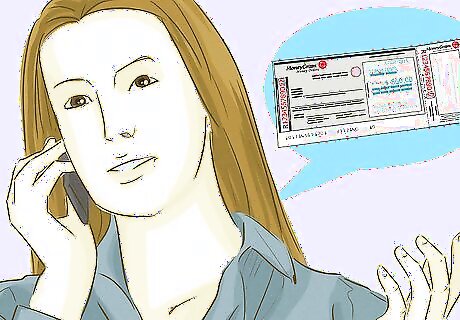
Check if you can trace the money order without a receipt. While most banks and issuers will allow you to trace your money order without a receipt, some will not. For example, if you have lost your receipt for a USPS money order and wish to trace it, read no further. USPS does not allow tracing of any money order without a receipt. Call your issuer's customer service number (easily found on their website) to see if they can trace a money order without a receipt.

Know who to contact. You will need to contact the issuer of the money order. This is the service that actually processes the order, usually your bank, the US Postal Service, or another money-sending service like MoneyGram or Western Union. You should not contact the reseller of your money order, which could be any convenience store, supermarket, or other store where your money order was purchased.
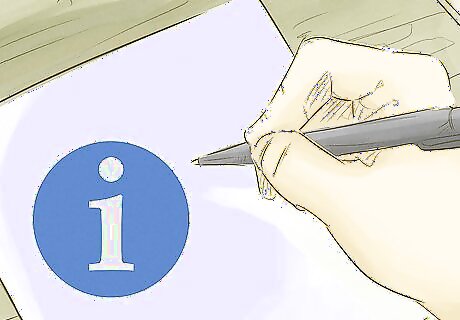
Gather relevant information. Money orders purchased from an institution other than a bank may be difficult to track. Try to come up with as much information as possible to help the institution locate your money order before contacting them. Important information to have may include: Date and time of purchase Your contact information Where you bought it The amount of the money order Any information about other money orders you purchased on that day, if applicable.

Contact the issuer. How this process will work varies between issuers. For a bank-issued money order, your bank will likely keep a copy of the receipt, as they are the issuing institution. It is also likely that they will be able to identify your money order from your account history and trace it this way. However, none of this is guaranteed and will vary between banks. Contact yours for more information. For tracing orders through a non-bank issuer (such as MoneyGram or Western Union) without a receipt, this will have to be done either in person at the store or with the agent that you purchased the money order from or through the mail. Both options will require you to fill out a form that requires some or all of the information listed above, pay a fee, and either turn it in at the store or mail it in. For Western Union "Research Requests," as these requests are called, a fee of $30 must be paid at the store or included with the mailed-in form.
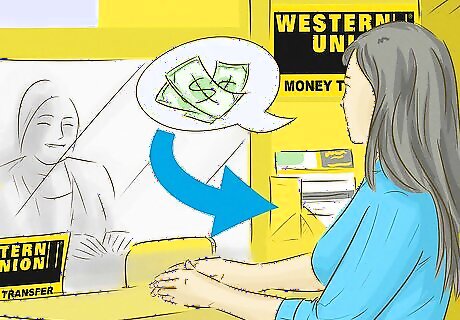
File for replacement or compensation if the money order is found to be lost or stolen. Depending on the issuer and the materials you can provide, this can be either an easy or a time-consuming process. If the money order is located and has not been cashed, Western Union will either refund your money or replace the money order. For MoneyGram money orders, expect that, if the money order has not been cashed, the full amount will be refunded to you within 30 to 65 days of filing the correct paperwork. If the money order has been cashed, though, you will only receive a photocopy of the cashed money order.
















Comments
0 comment